Oraman neighbors Iraq in the west and the city of Javanroud in the south. The village connects to Mehran city via a 65 kilometer road. Oraman is surrounded by the mountains of the Zagros range and has mild temperatures in the spring and summer but very cold and long winters.
The name of the village is comprised of the word ‘Ahura’ and the word ‘Man’, which means home, land or place; therefore the name Oraman or Huraman or Hawraman means the land of Ahura (Zoroastrian angelic divinities). Locals believe the village was once a magnificent city and often add a ‘Takht,’ which means center and capital, to its name. The remains of Sassanid (226-651 CE) fire temples scattered around in the area attest to the ancient history of Oraman.

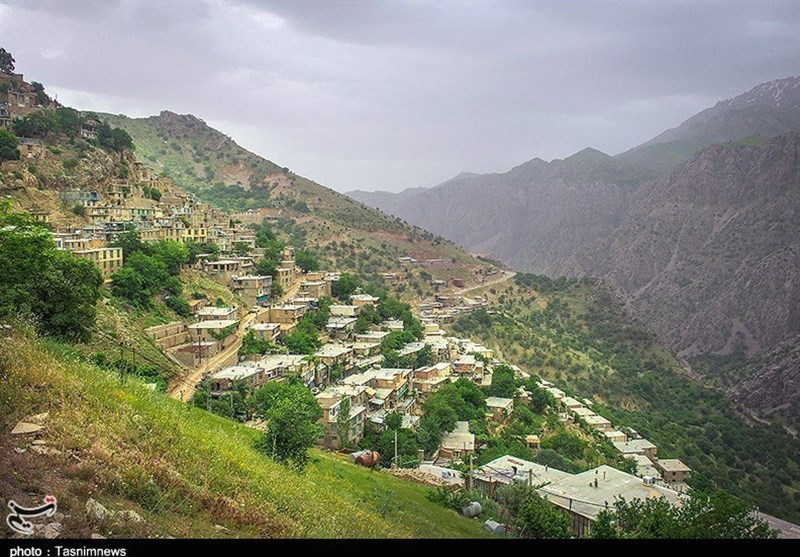
Homes in Oraman are built almost entirely of stone and wood without the use of mortar. Oraman’s green landscape and tiered structure bring to mind a stairway to heaven. The village is rich in Persian oak, ash and fig trees as well as plant species such as rheum, salsify and morning glory. Oraman is also home to animal species like the Persian squirrel.
Music and a folk dance known as 'Halparke' are extremely popular in this village, which has been a center of classical Kurdish music for years.
The people of the village wear traditional Kurdish costumes. The outfit of the women of Oraman consists of sequined vests or coats over long, bright, colorful gowns and satin pants. Oraman women often wear a black velvet hat ornamented with beads and a shawl on their heads. Men wear loose fitting pants and coat with a wide wraparound belt cloth and a wraparound hat.
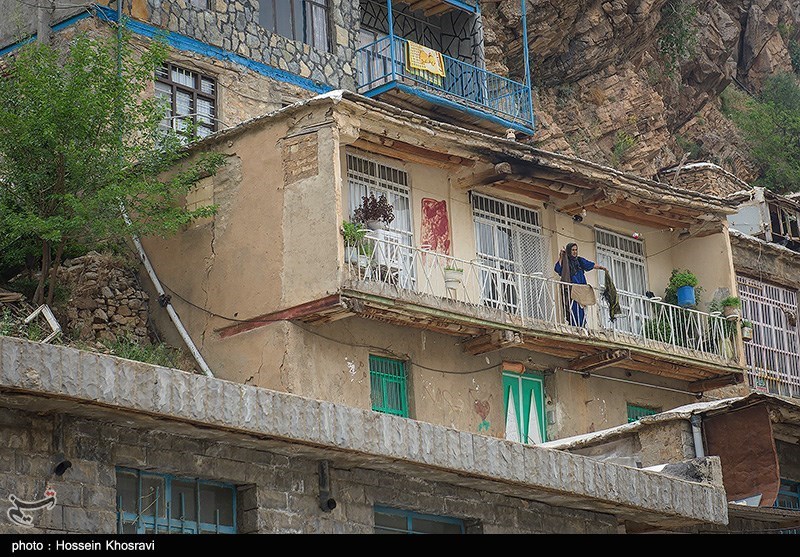
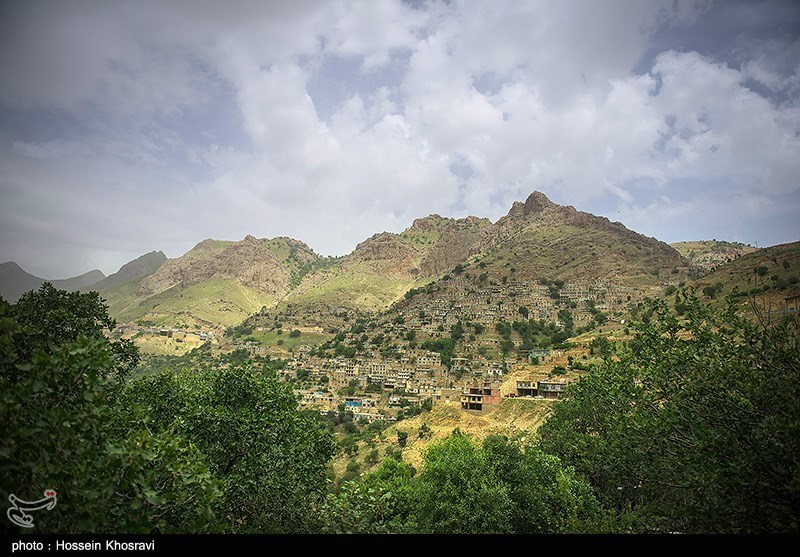
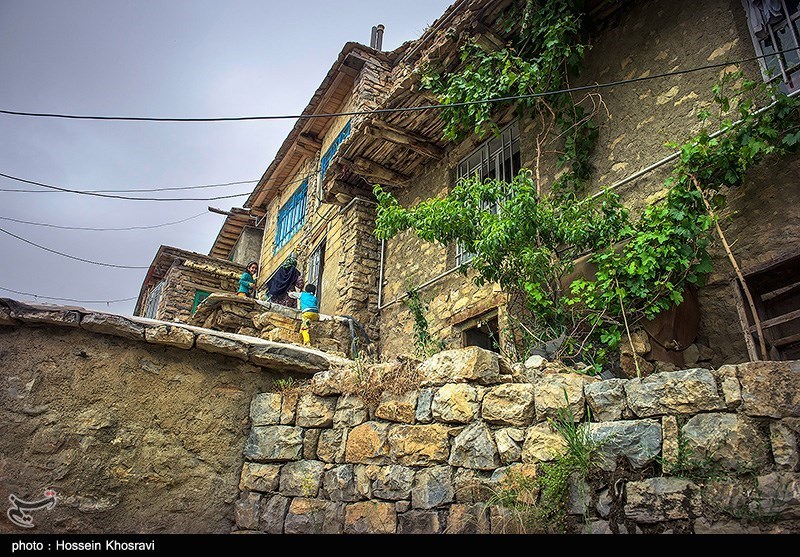
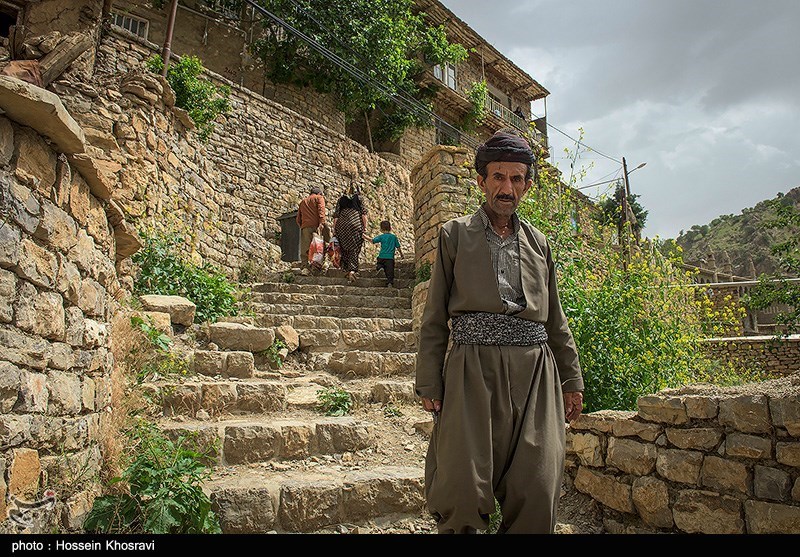
Source: To Iran